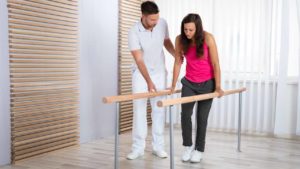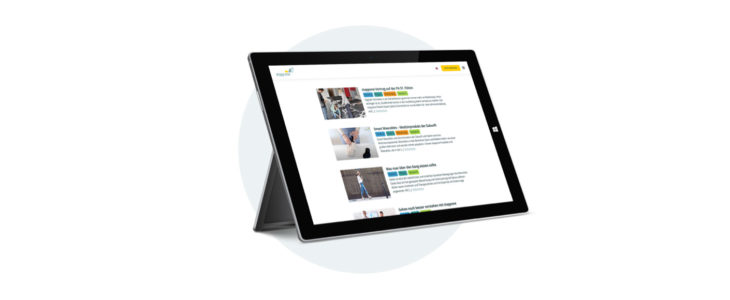Neurology and gait analysis: assessments more precise than ever

Gait analysis is a crucial scientific procedure in the field of movement analysis. It reveals gait disorders and provides information about the possible source. Until now, objective gait assessments were very time-consuming and did not provide precise data. stapp one sensor soles now offer a simple, fast and precise solution.
With gait analysis, a wide variety of movement disorders can be detected like for example signs of wear and tear, complications with artificial joints or undetected injuries. However, many anomalies do not have an orthopedic but a neurological cause. Particularly in the field of neurology, movement disorders indicate diseases that could remain undetected for a long time without gait analysis.
Early detection of neurodegenerative diseases
Regardless of the individual neurological disease pattern, it is shown that locomotion and balance disorders play a prominent role.¹ At an early stage these types of diseases cause very small abnormalities that are barely visible for the naked eye. In the past, to make minimal deviations of the gait pattern visible the most elaborate tools were required, such as six-camera systems, pressure plates, pressure-sensitive gait traces, etc. However, “these represent an inconclusive picture of gait problems despite more accurate descriptive capabilities.”² The demand of the clinical everyday life is fast application and timely results. To achieve that, there always had to be a tradeoff regarding measurement errors and objectivity.³ The medically certified stapp one sensor sole is the technological innovation in the field of gait analysis and provides an optimal solution for the detection of e.g. Parkinson’s disease, strokes, tumors in the brain and spinal cord and multiple sclerosis.
Fast, precise and objective gait analysis
With stapp one, objective gait assessments can be performed quickly and easily. Just insert the intelligent stapp one sensor sole into a comfortable shoe and it measures the foot pressure load and the body’s center of gravity. The data is transmitted wirelessly – via Bluetooth – to the corresponding medical software. This provides optimal visual, acoustic or even haptic live biofeedback for real time visualization on a laptop or tablet. Other important parameters such as stance phase, swing phase, cadence, etc. can also be displayed.
With stapp one, there is no need to compromise on the accuracy of the data, nor on the time required for application and evaluation. In addition, stapp one can be used to analyze everyday movements and unbiased gait behavior. Due to the wireless application it is even possible to collect data while climbing stairs or walking on uneven ground, outdoor or indoor.
Do you have any questions about the use of stapp one? Contact us! We are always at your disposal.
Find us on LinkedIn and become part of our community! We keep you updated about stapp one, medicine and technology!
¹ M. Schwed, S. Kersten, N. Scholl, C. Haas. Assessment von neurologischen Gangstörungen. In: Bewegungstherapie und Gesundheitssport. 2009, 25. S. 16.
² ebd.
³ S. 14, ebd.

